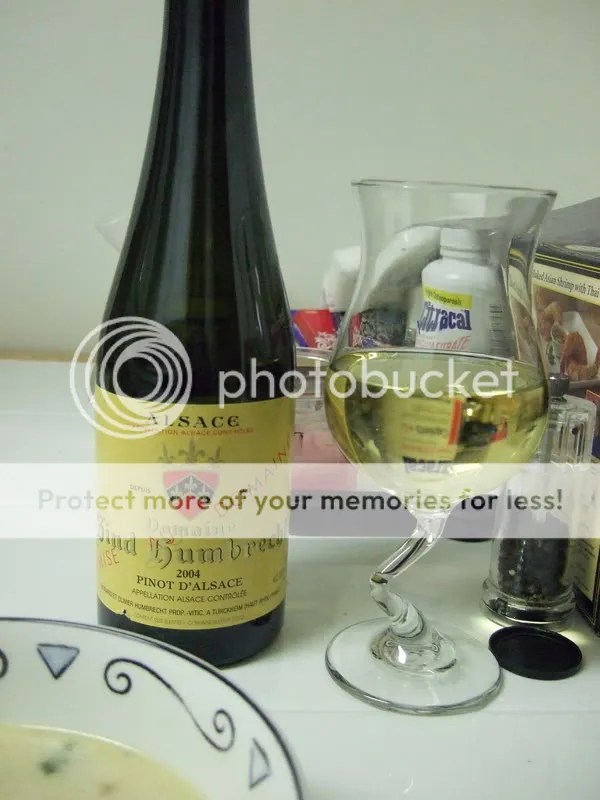I’m trying to stick to my goal of learning something new about wine every week. I thought I’d test it out and put the post up here this week.
This week’s bit of knowledge was inspired by our trip to Chrysalis Vineyards this weekend. Even before going, I looked at their website and saw much propaganda about the Norton grape and how they make wines entirely of this grape. I had no idea what to expect on tasting wine made with Norton grapes. It also intrigued me that it was referred to as the “true” American Grape.
Apparently there is a reason why Chrysalis touts this grape: It is believed to have been named by and is first attributed to Dr. Norton of Richmond, Virginia. Otherwise, it appears that most of the origins of this grape area mystery. It was first available for commercial purchase in the 1830s and was apparently a huge success, even wining an international wine competition from a vineyard in Missouri, which became the central producer of wines made from Norton grapes. Today, Missouri remains the most prolific producer of Norton Wines, though Virginia wineries continue to produce the wine and it appears to be gaining popularity here.
As a grape, it is very resistent to both pests and typical diseases that affect vines and the fruit. However, at the same time, Norton is a hard grape to cultivate. The vines do not do well if producers attempt to get cuttings to root. The mystery of why the Norton plants will not root has not been solved, and producers have to resort to other and more time consuming techniques in order to grow new vines.
There are at least two producers of wines made with Norton grapes in Virginia, Chrysalis Vineyards and Horton Vineyards. Though as far as I can tell, only Chrysalis makes a wine from 100% Norton grapes. As I mentioned in my tasting notes from Chrysalis, I found the 100% Norton wine to have a grape jam and raspberry flavor with a nose of grape juice. One page of information notes that Norton grapes can sometimes have the scent of a Concord grape, which I guess would be what gave me the grape juice nose! The blended Norton wines I tried displayed more red fruits and earthy characteristics than the 100% Norton wine.
Sources: Appellation America
The Wine Man
Filed under: Norton | 8 Comments »




